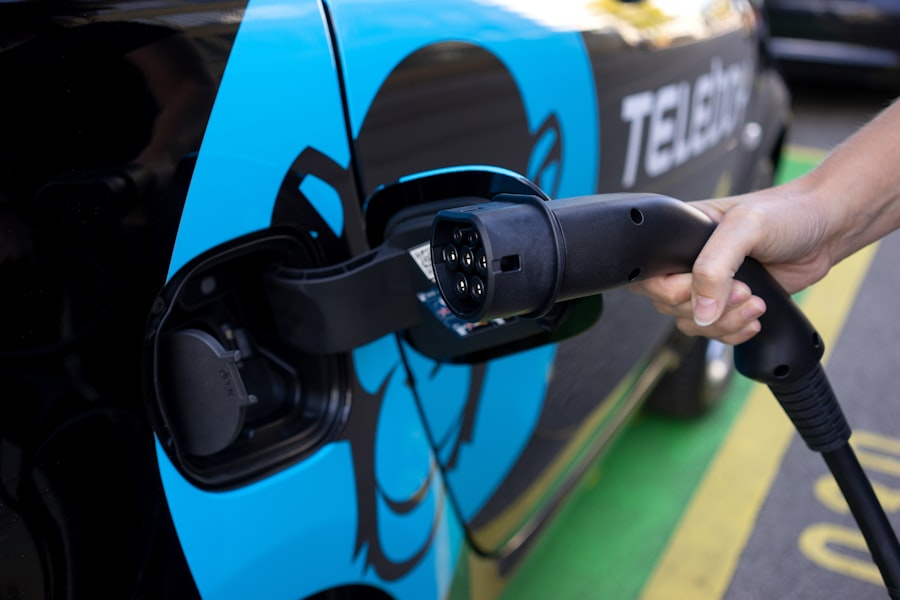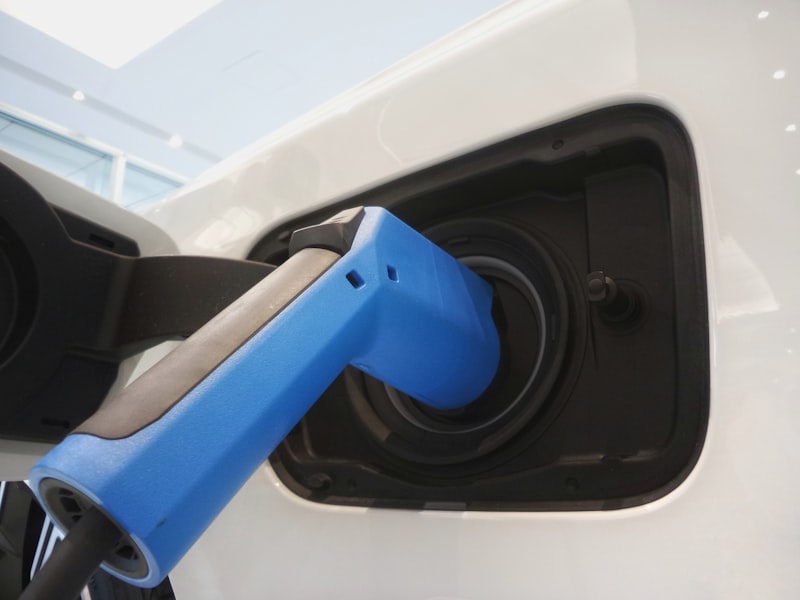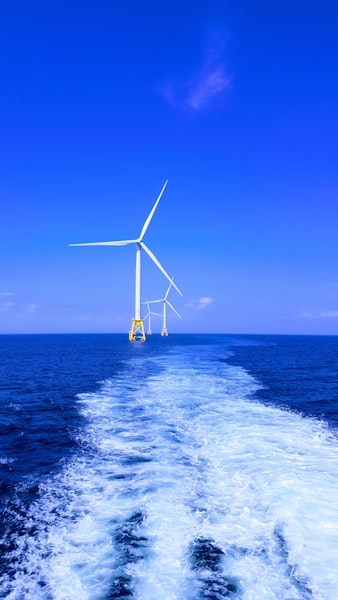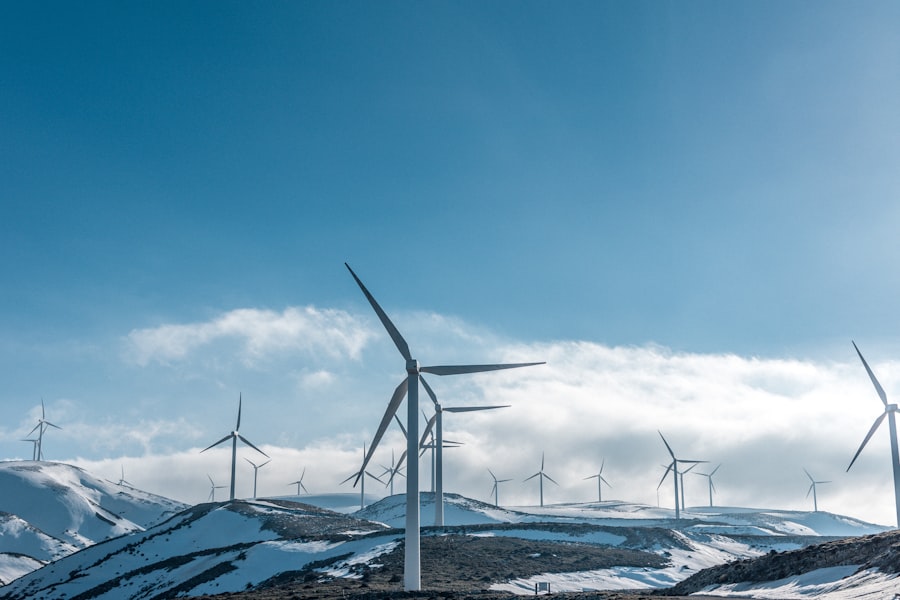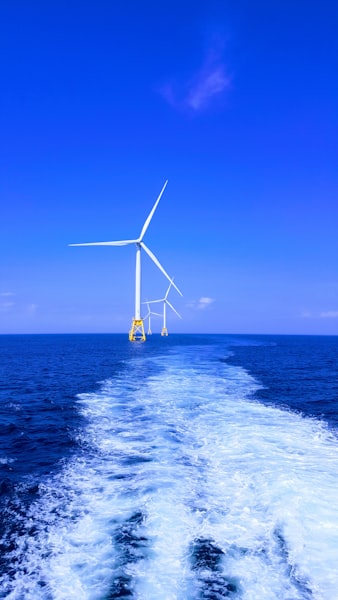
The Race to Create the First Hydrogen-Powered Airplane
The aviation industry is looking for ways to reduce emissions and many are hoping that hydrogen could be the solution. A German startup, H2Fly, has been working on hydrogen-powered airplanes for years and plans to have a 40-seat aircraft with a range of 2000 kilometers ready by 2025. Baden-Württemberg is also investing in the development of hydrogen-electric flying and an English-American company, ZeroAvia, has already conducted successful test flights with both 6 and 19 seaters. It is now a race between various startups and established manufacturers to see who will create the first commercial hydrogen-powered airplane.
Harnessing Hydrogen for Energy
Hydrogen is an abundant element in the universe, making it a great potential source of renewable energy. It can be used to power fuel cells, which generate electricity with no air pollution. Hydrogen can also be burned as a fuel, producing only water vapor as a by-product. Additionally, hydrogen can be combined with carbon dioxide to create synthetic fuels that are carbon neutral and could help reduce global emissions. With its versatility and clean burning capabilities, hydrogen has the potential to become an important part of our future energy mix.You might also like this article: Hello World. Picture source: Ronnie George
